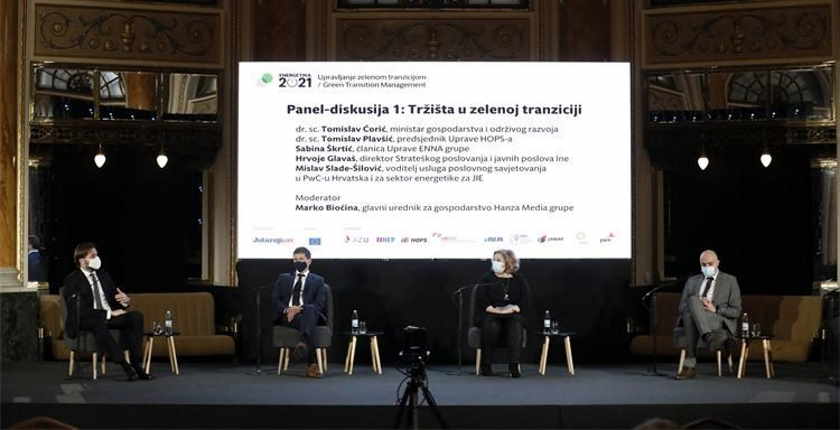
Photo: Ministry of Economy and Sustainable Development
Addressing the topic of the energy transition in Croatia and the country’s aim to become climate neutral by 2050, Minister of Economy and Sustainable Development Tomislav Ćorić said Croatia will face many challenges on this path, while Prime Minister Andrej Plenković said that EUR 9 billion has been secured from the EU’s multiannual financial framework for the energy transition.
Tomislav Ćorić, who leads Croatia’s ministry for sustainable development, has said that Croatia has opted for a climate-neutral economy by 2050.
In achieving this goal the country will face a number of challenges, including building new energy transmission capacities, increasing production from renewable energy sources, and financing all those investments, Ćorić said at the conference “Energy 2021: Managing the Green Transition.”
EUR 9.15 billion has been secured for the green transition fromthe EU’s multiannual financial framework
Croatian Prime Minister Andrej Plenković also addressed the conference, saying that EUR 9.15 billion has been secured for the needs of the green transition from the multiannual financial framework of the European Union (EU). According to Plenković, these funds will be the initiator of accelerated development in the country.
The concept of Croatian energy development must be based on new and clean technologies, innovation, and research, and the funds provided through the EU’s regional development and cohesion policy will enable that green transition, Plenković said, local media reported.
Hydropower will remain the most important source of energy for HEP
The President of the Management Board of power utility HrvatskaElektroprivreda (HEP), FraneBarbarić, said that the company is currently installing several solar photovoltaic (PV) facilities, and 11 more PV systems with a total capacity of 120 MW in cooperation with municipal authorities. The largest investment in wind energy is the 75 MW Korlat wind farm, he added.
By the end of 2030, the company plans to have about 700 MW in wind farms and solar power plants.
However, the most important source of energy for HEP will still be hydropower, which is why it is modernizing and expanding existing hydropower plants, but also building new ones, such as the EUR 450 million hydroenergy system Kosinj and the hydropower plant Senj 2 project, he said.

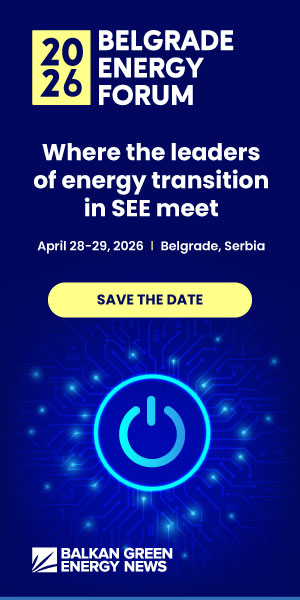




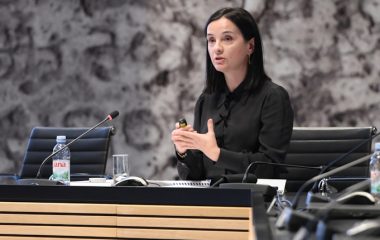
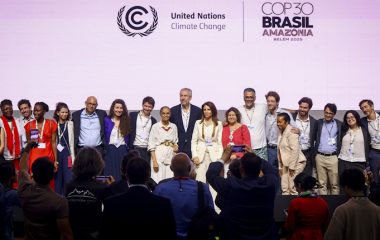
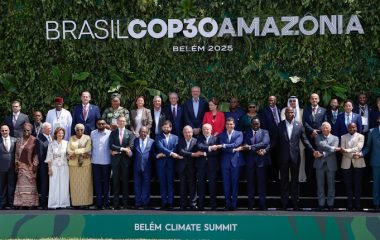
Be the first one to comment on this article.